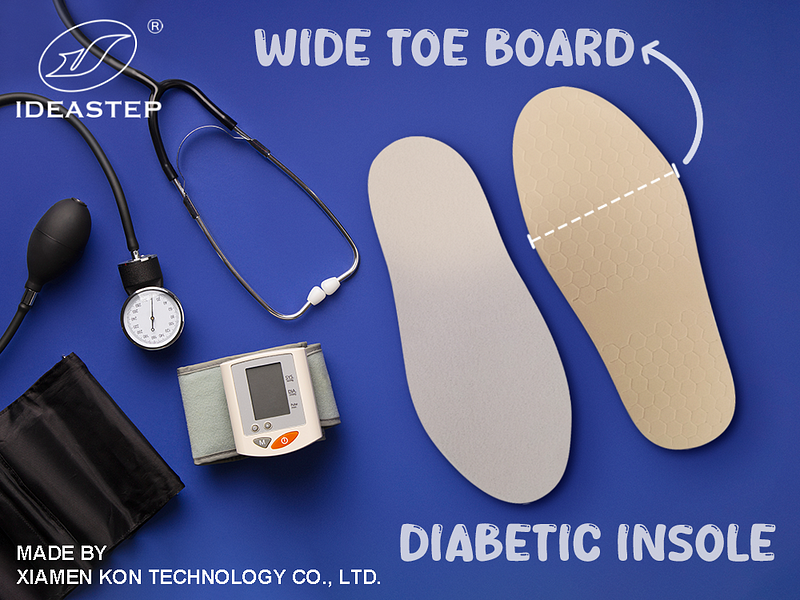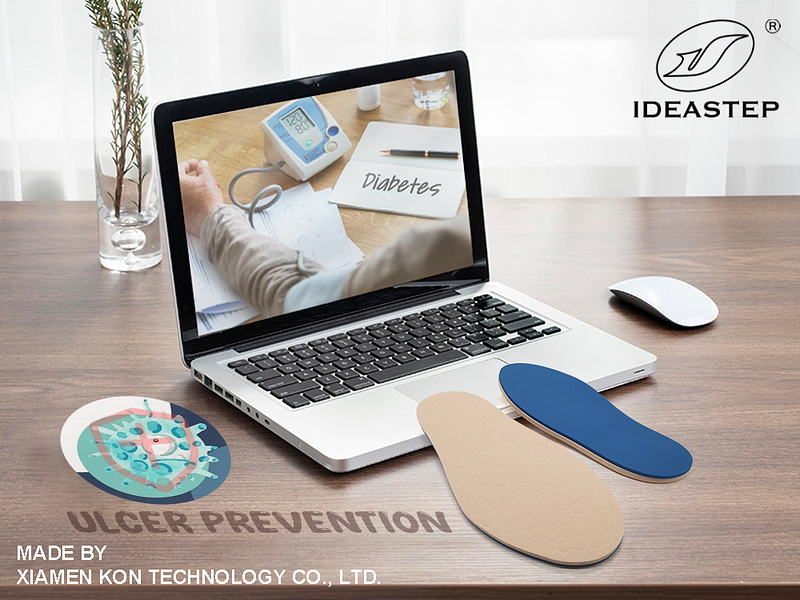Healthcare providers seeking reliable diabetic insoles for patient recommendations need to consider several key factors. This guide explores where to find high-quality diabetic insoles, the criteria for evaluating them, and how to ensure they meet the specific needs of patients with diabetes.
Where Can Healthcare Providers Find Reliable Diabetic Insoles for Patient Recommendations?
Diabetic insoles play a crucial role in managing foot health for patients with diabetes, helping to prevent complications such as ulcers and infections. Healthcare providers need to be well-informed about where to find high-quality diabetic insoles to ensure they can make effective recommendations. This guide provides insights into reliable sources and key considerations for selecting the best diabetic insoles for patients.

1. Reputable Medical Supply Companies
One of the most reliable sources for diabetic insoles is reputable medical supply companies. These companies specialize in providing medical-grade products, including insoles designed specifically for diabetic patients. Look for suppliers with a strong reputation in the industry and positive reviews from healthcare professionals. Established medical supply companies often offer a range of diabetic insoles that meet high-quality standards and provide detailed product information.
2. Specialized Orthotic Providers
Specialized orthotic providers are another excellent resource for diabetic insoles. These providers focus on custom and off-the-shelf orthotic solutions, including insoles tailored for diabetic foot care. Orthotic professionals can offer personalized recommendations based on their expertise and understanding of foot biomechanics. They can also provide custom solutions if standard options do not meet the patient’s specific needs.
3. Certified Podiatry Clinics
Certified podiatry clinics often stock high-quality diabetic insoles as part of their patient care offerings. Podiatrists have specialized knowledge in foot health and can recommend insoles that address specific diabetic foot issues. Clinics with a focus on diabetic foot care are likely to offer products that have been thoroughly vetted for effectiveness and safety.

4. Online Medical Retailers
Online medical retailers provide a convenient way to access a wide range of diabetic insoles. When purchasing from online retailers, it is important to choose those with a strong reputation and verified customer reviews. Look for retailers that provide detailed product descriptions, specifications, and information on how the insoles address diabetic foot conditions. Ensure that the retailer offers a return policy in case the product does not meet the patient’s needs.
5. Manufacturer Direct Sales
Purchasing directly from manufacturers can be beneficial for accessing specialized diabetic insoles. Many manufacturers offer direct sales through their websites or customer service channels. Buying directly from the source can provide access to the latest products, detailed information about the materials and technology used, and potential discounts for bulk orders. Additionally, manufacturers often have knowledgeable staff who can provide recommendations based on the specific needs of patients.
6. Professional Associations and Conferences
Professional associations and medical conferences can be valuable resources for finding reliable diabetic insoles. These events often feature product showcases and networking opportunities with manufacturers and suppliers. Attending conferences or joining associations related to diabetic foot care can provide healthcare providers with up-to-date information on the latest advancements and high-quality products in the market.
7. Recommendations from Peers
Seeking recommendations from peers and colleagues in the healthcare field can also be a reliable way to find quality diabetic insoles. Fellow healthcare providers who have experience with diabetic foot care may have valuable insights and recommendations based on their clinical experiences. Peer recommendations can help identify trusted brands and products that have proven effective in managing diabetic foot conditions.

8. Key Criteria for Evaluating Diabetic Insoles
When selecting diabetic insoles, healthcare providers should consider several key criteria to ensure they are recommending the best options for their patients:
- Cushioning and Shock Absorption: Look for insoles that provide adequate cushioning and shock absorption to reduce pressure on the feet and prevent injuries.
- Arch Support: Ensure that the insoles offer proper arch support to address issues related to diabetic foot mechanics.
- Breathability and Moisture Management: Choose insoles with moisture-wicking properties to keep the feet dry and prevent fungal infections.
- Customizability: Consider whether the insoles can be customized to fit the specific needs of the patient’s foot structure and condition.
- Durability: Evaluate the durability of the insoles to ensure they will provide long-term support and comfort.
9. Conclusion
Finding reliable diabetic insoles for patient recommendations involves exploring multiple sources, including reputable medical supply companies, specialized orthotic providers, certified podiatry clinics, online medical retailers, and manufacturers. By considering key criteria and leveraging recommendations from peers and professional associations, healthcare providers can make informed choices that enhance patient care and support effective management of diabetic foot conditions.
FAQ
What are the key features to look for in diabetic insoles?
Key features to look for in diabetic insoles include cushioning and shock absorption, proper arch support, breathability and moisture management, customizability, and durability. These features help address the specific needs of diabetic patients and enhance foot comfort and health.
Can diabetic insoles be customized for individual patients?
Yes, many diabetic insoles can be customized to fit the unique contours of an individual’s foot. Customizable insoles provide tailored support and comfort, addressing specific foot conditions and improving overall effectiveness.
Where can healthcare providers find reviews and recommendations for diabetic insoles?
Healthcare providers can find reviews and recommendations for diabetic insoles from online medical retailers, peer recommendations, professional associations, and product reviews from reputable sources. Attending conferences and networking with other healthcare professionals can also provide valuable insights.
